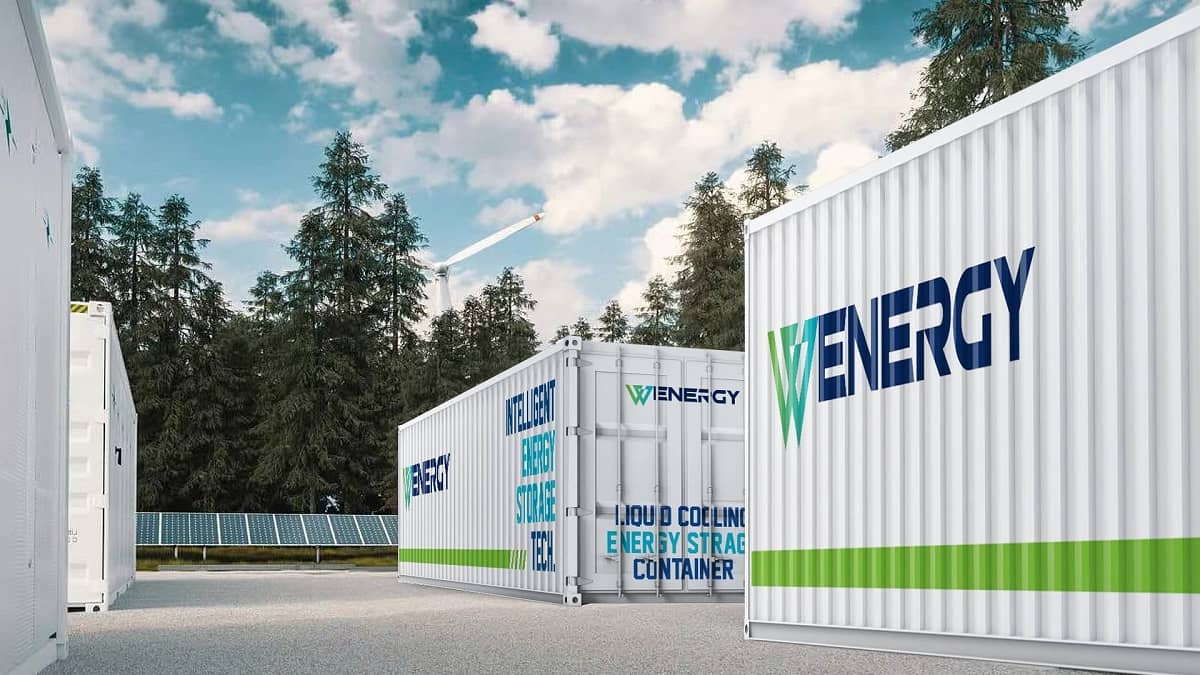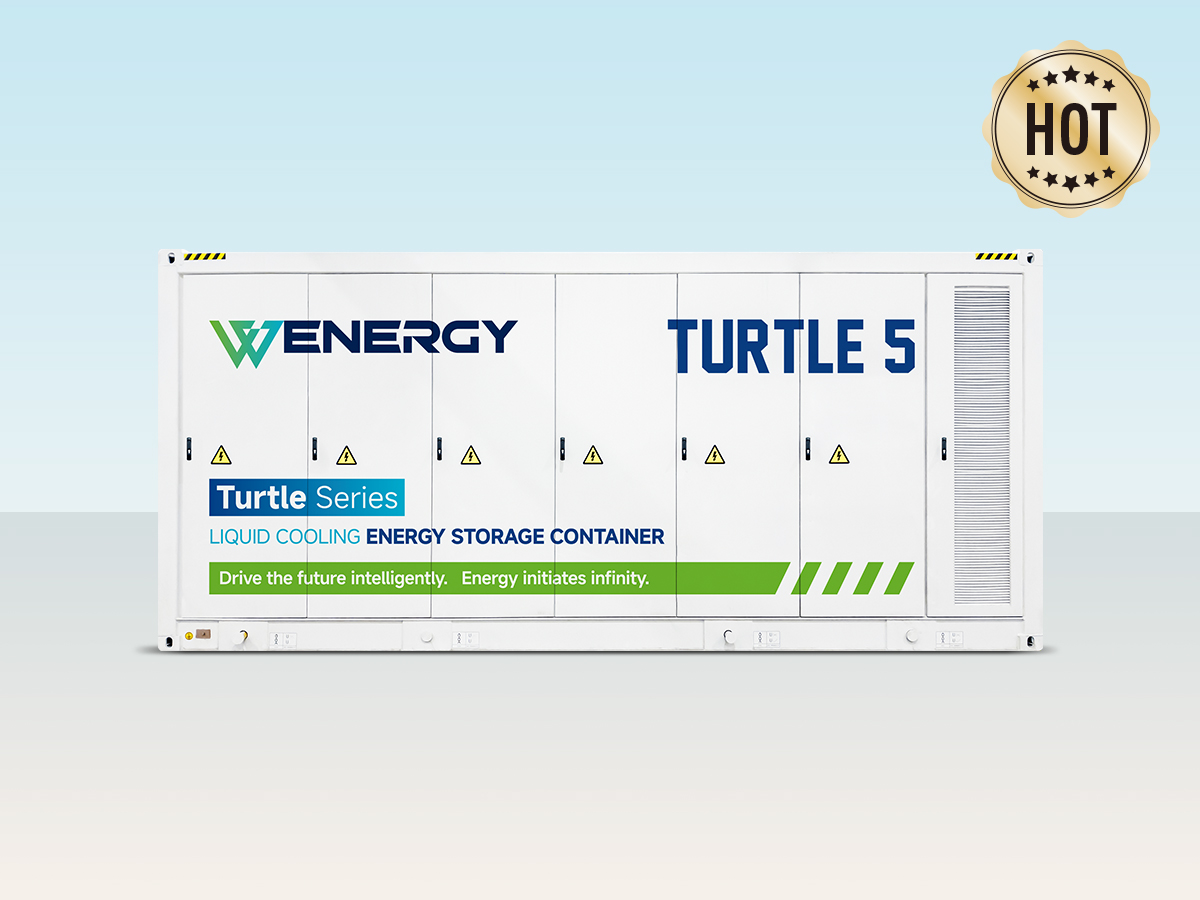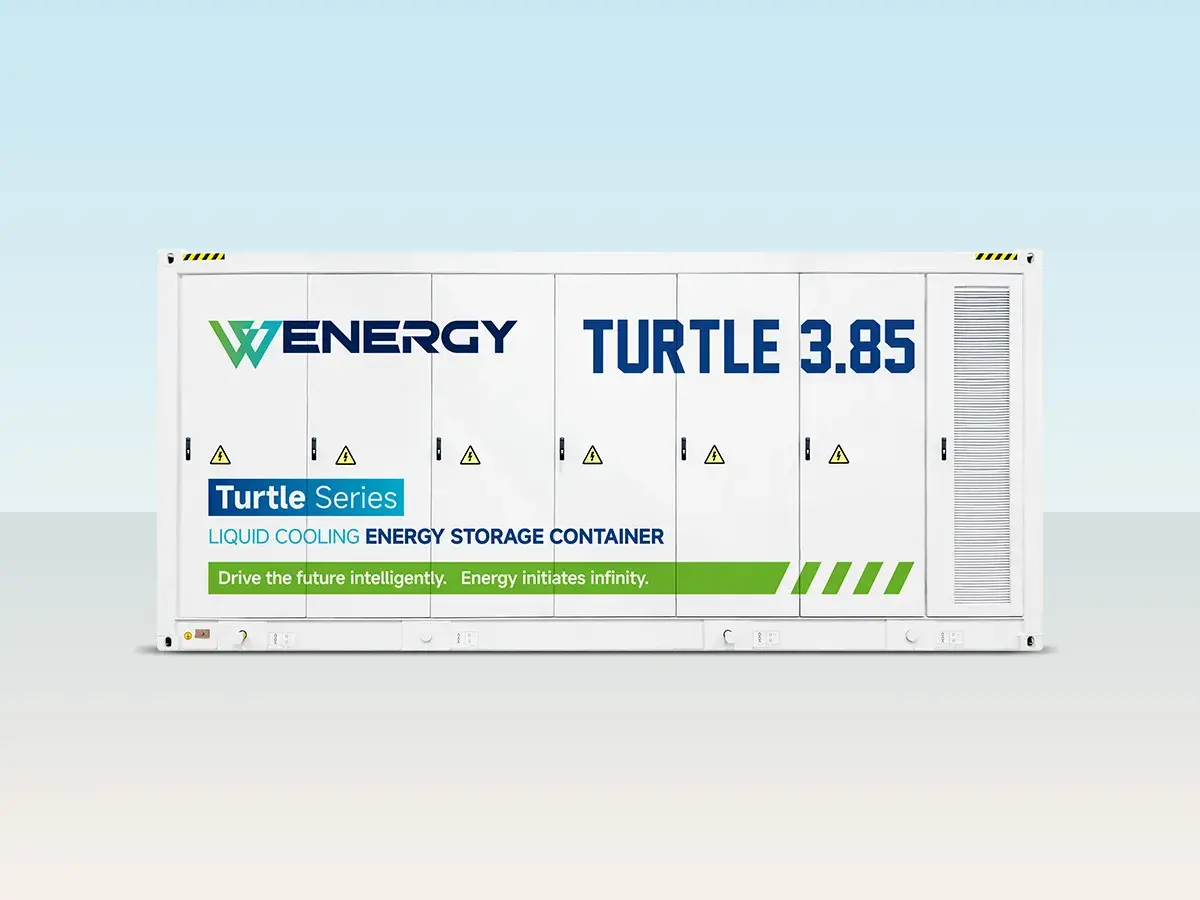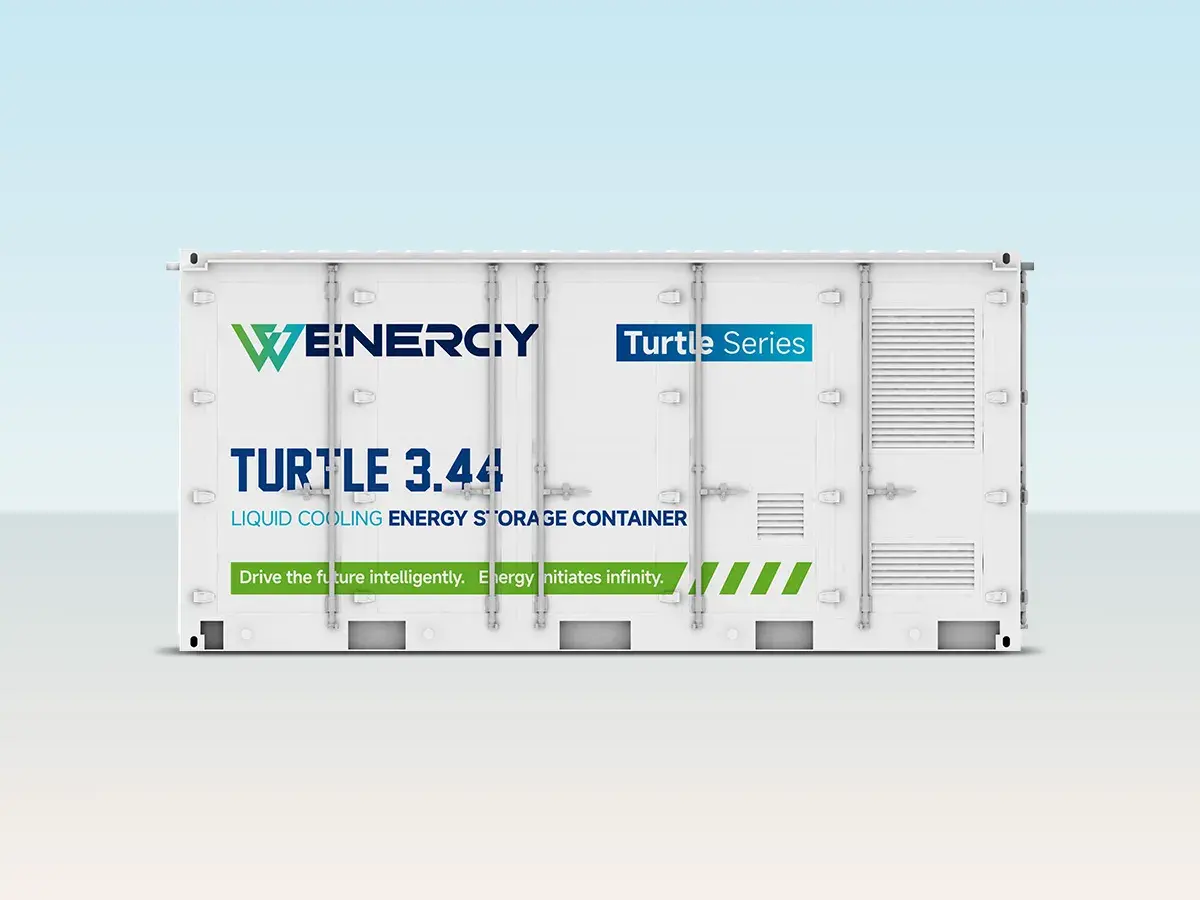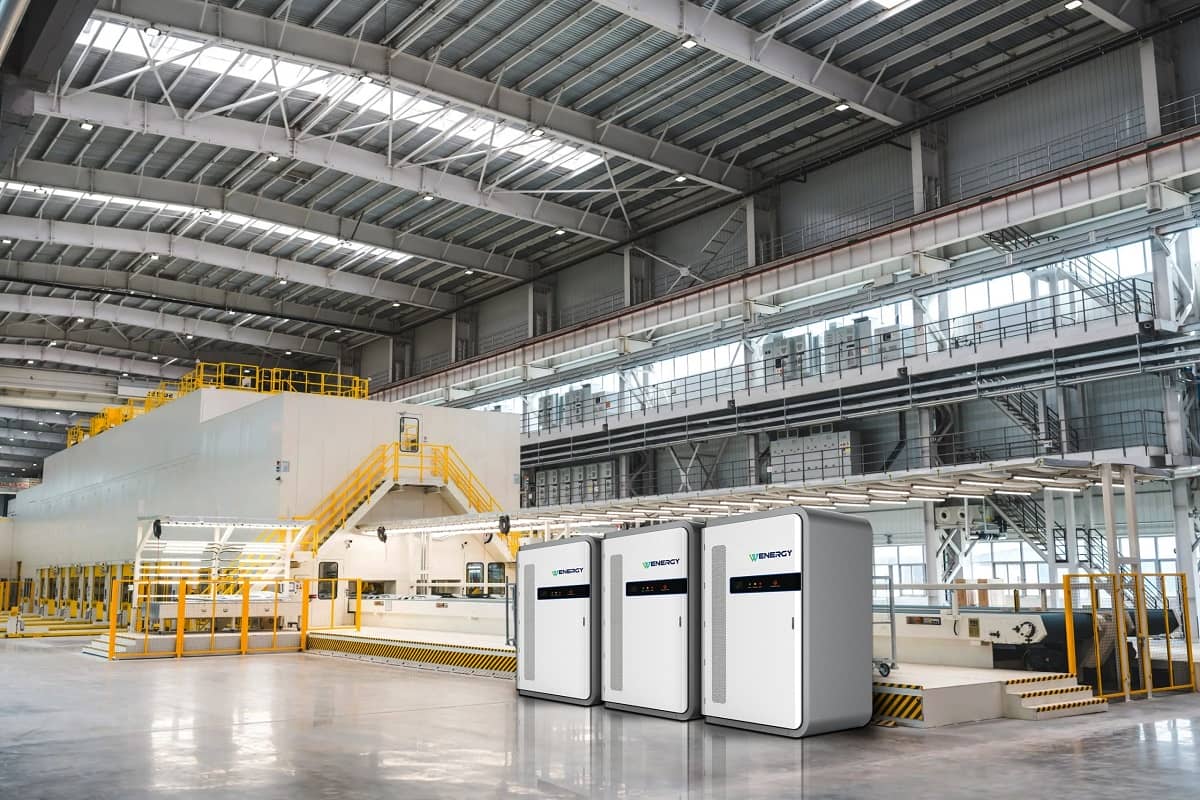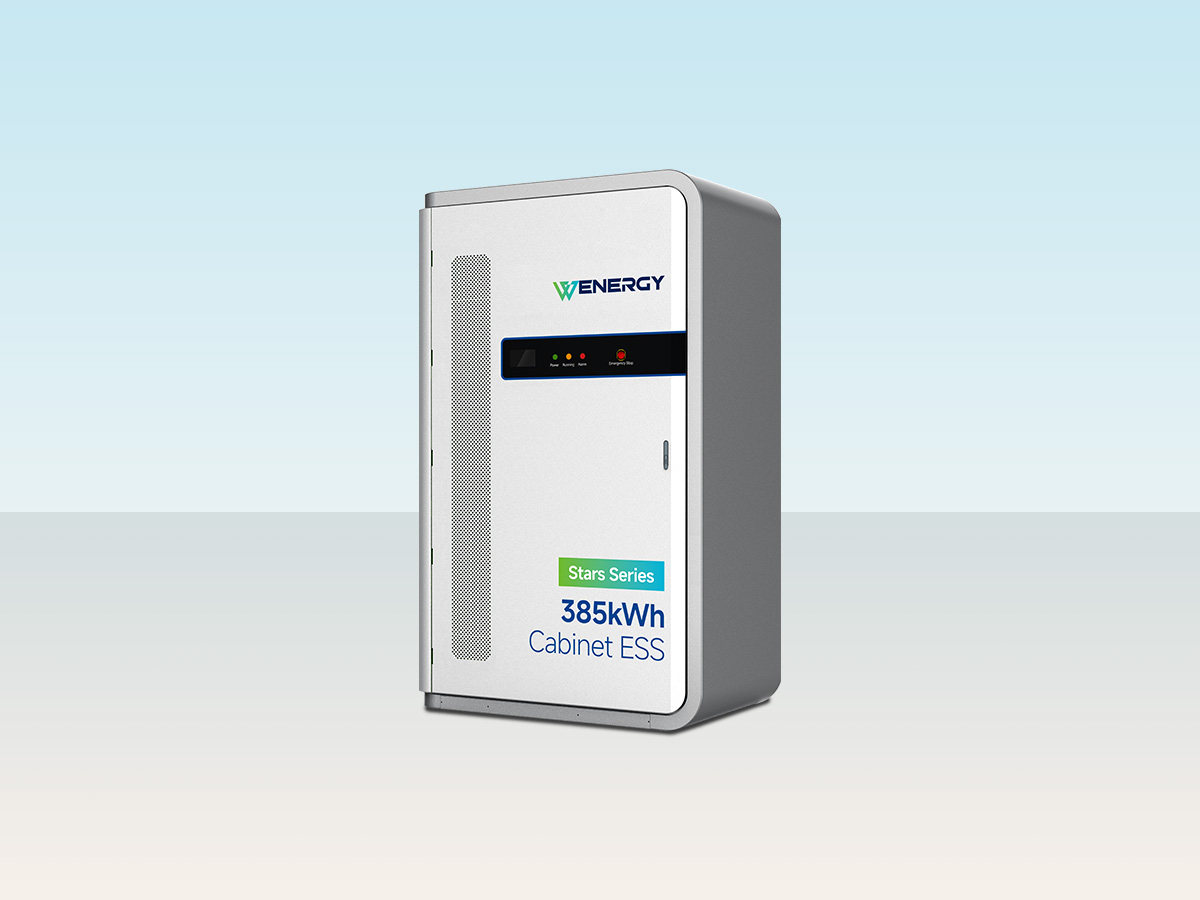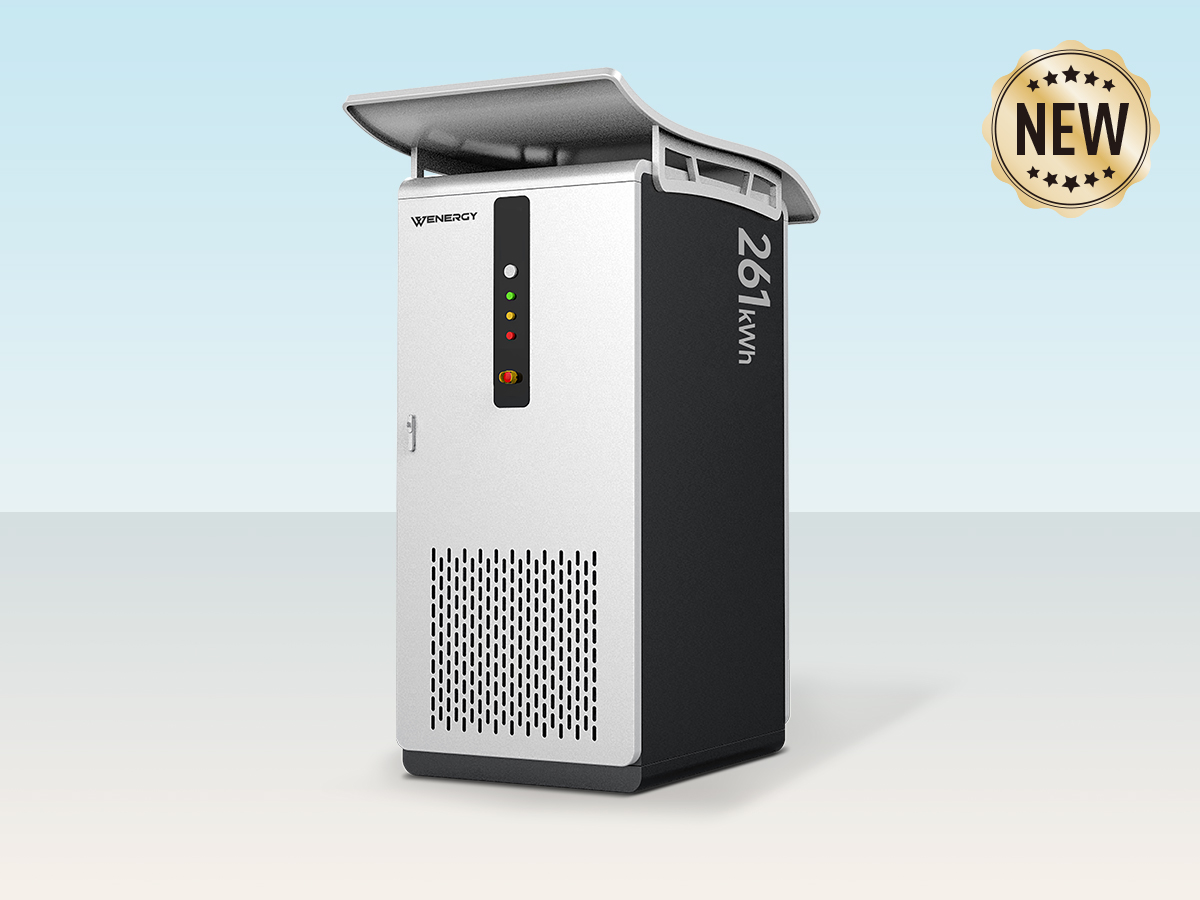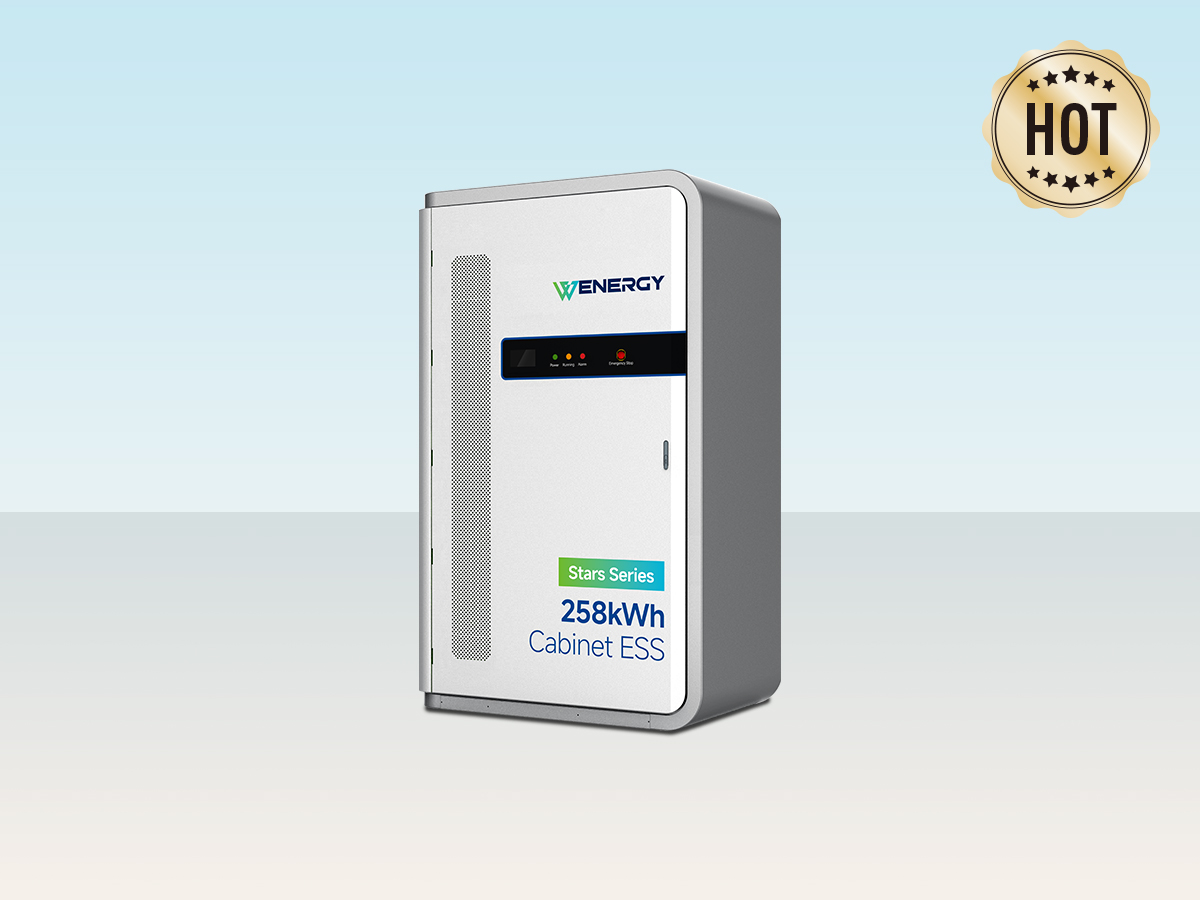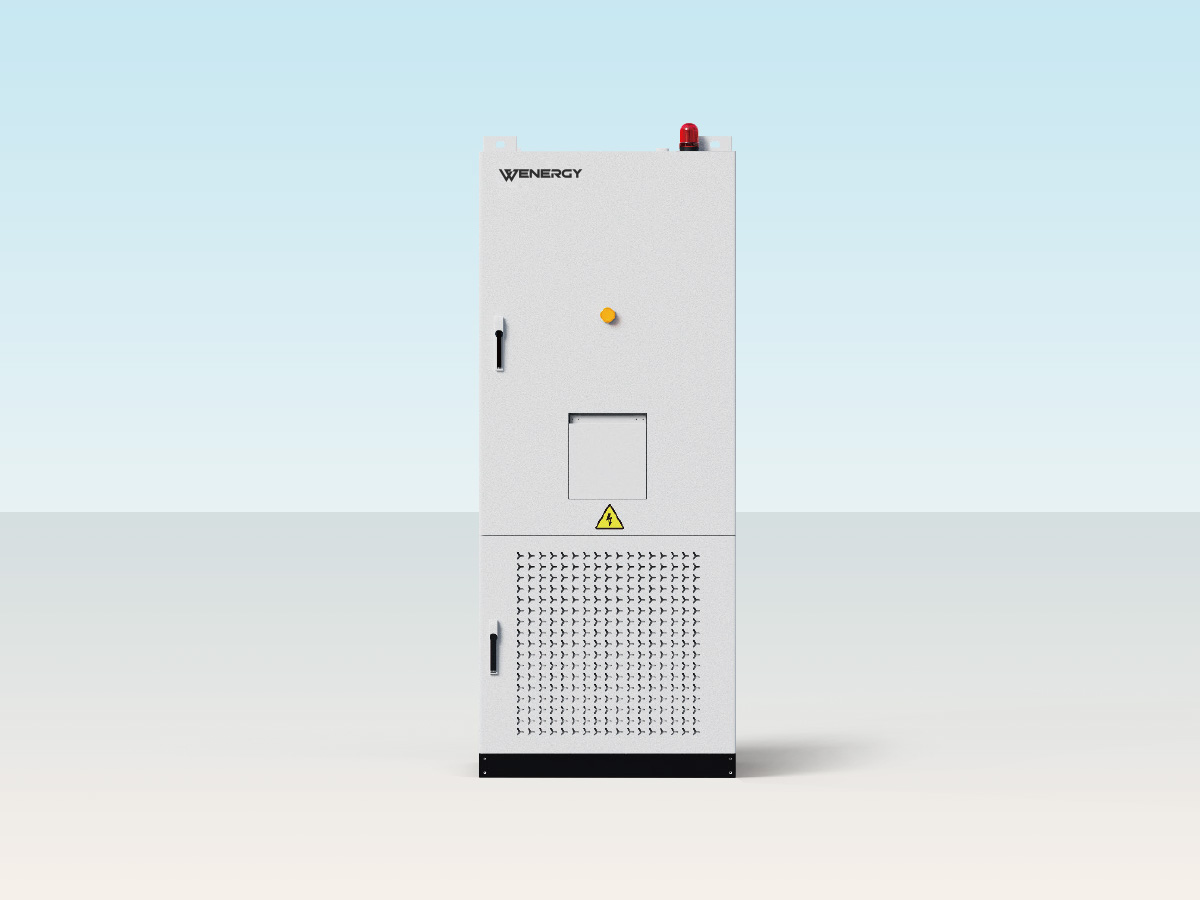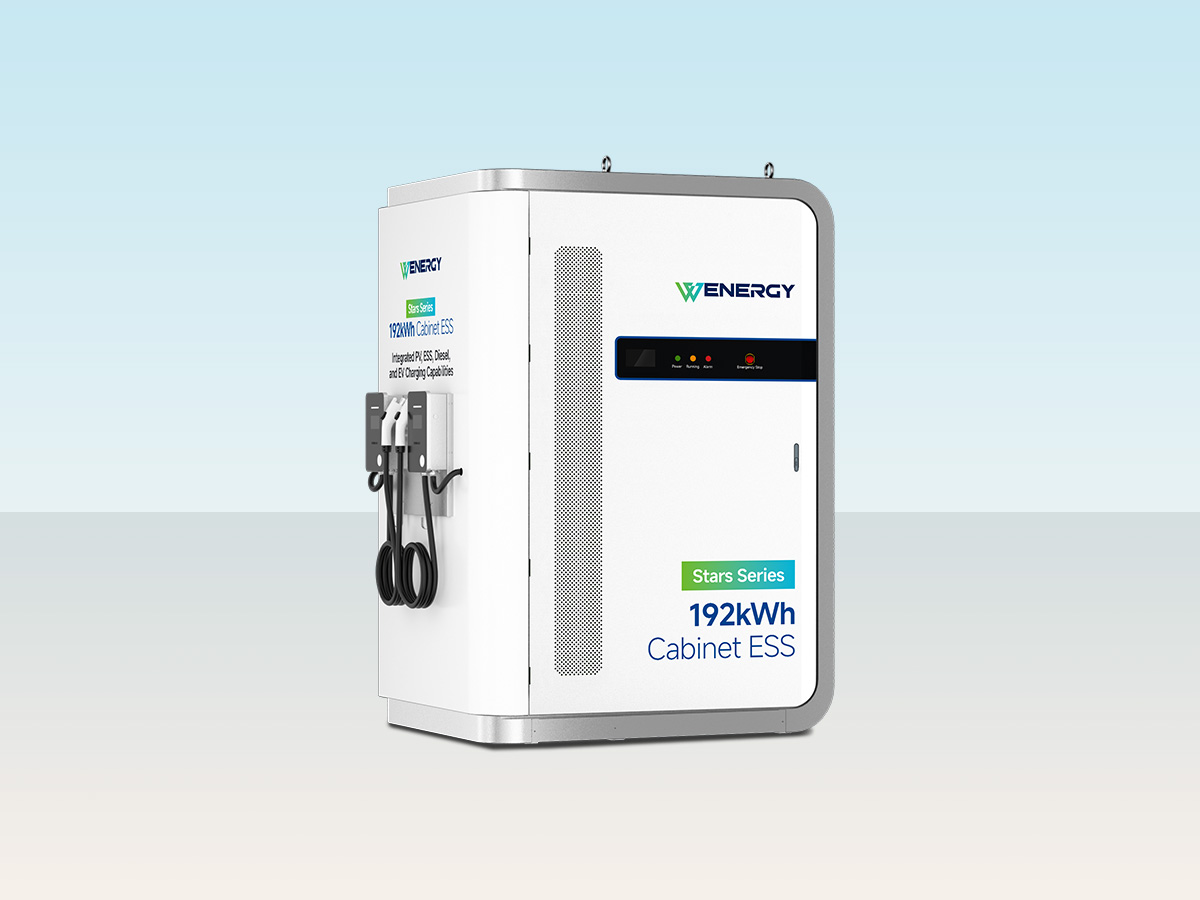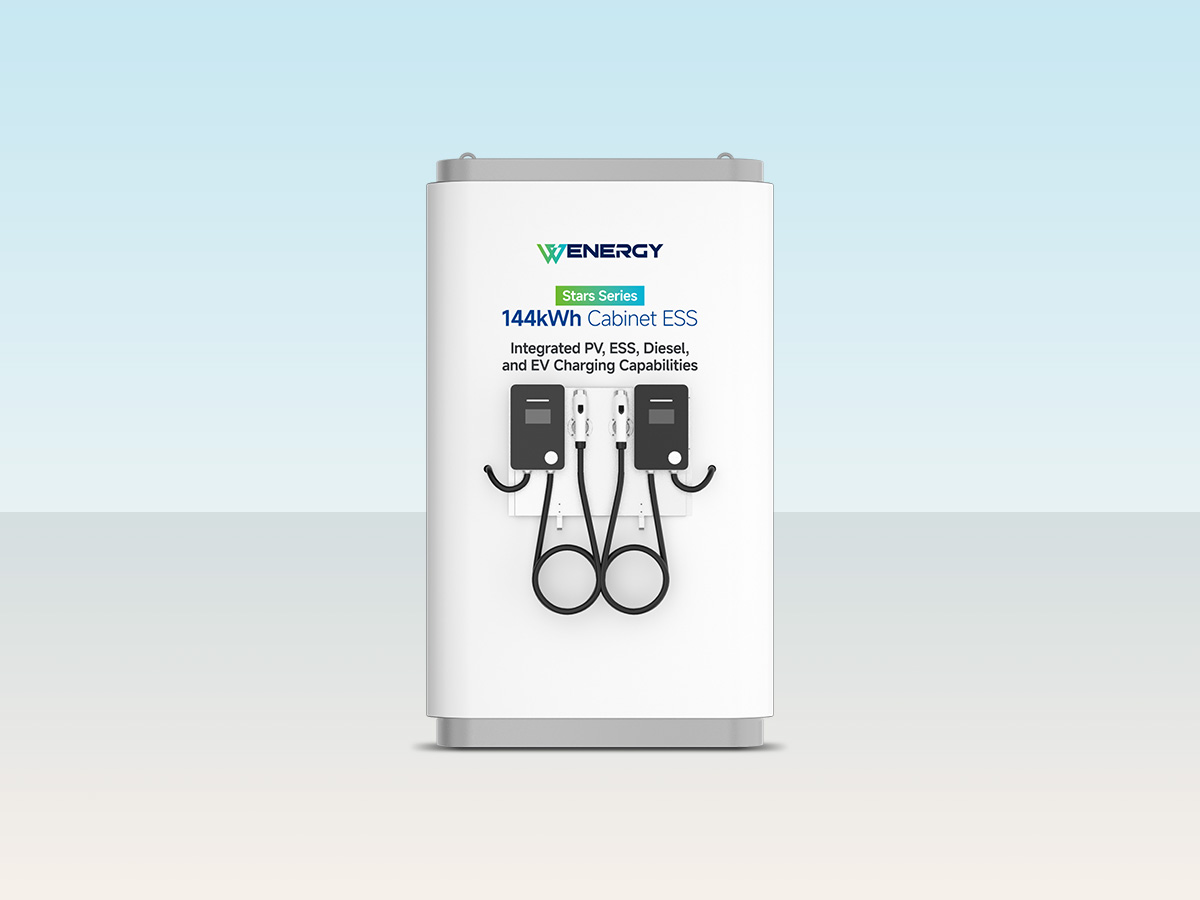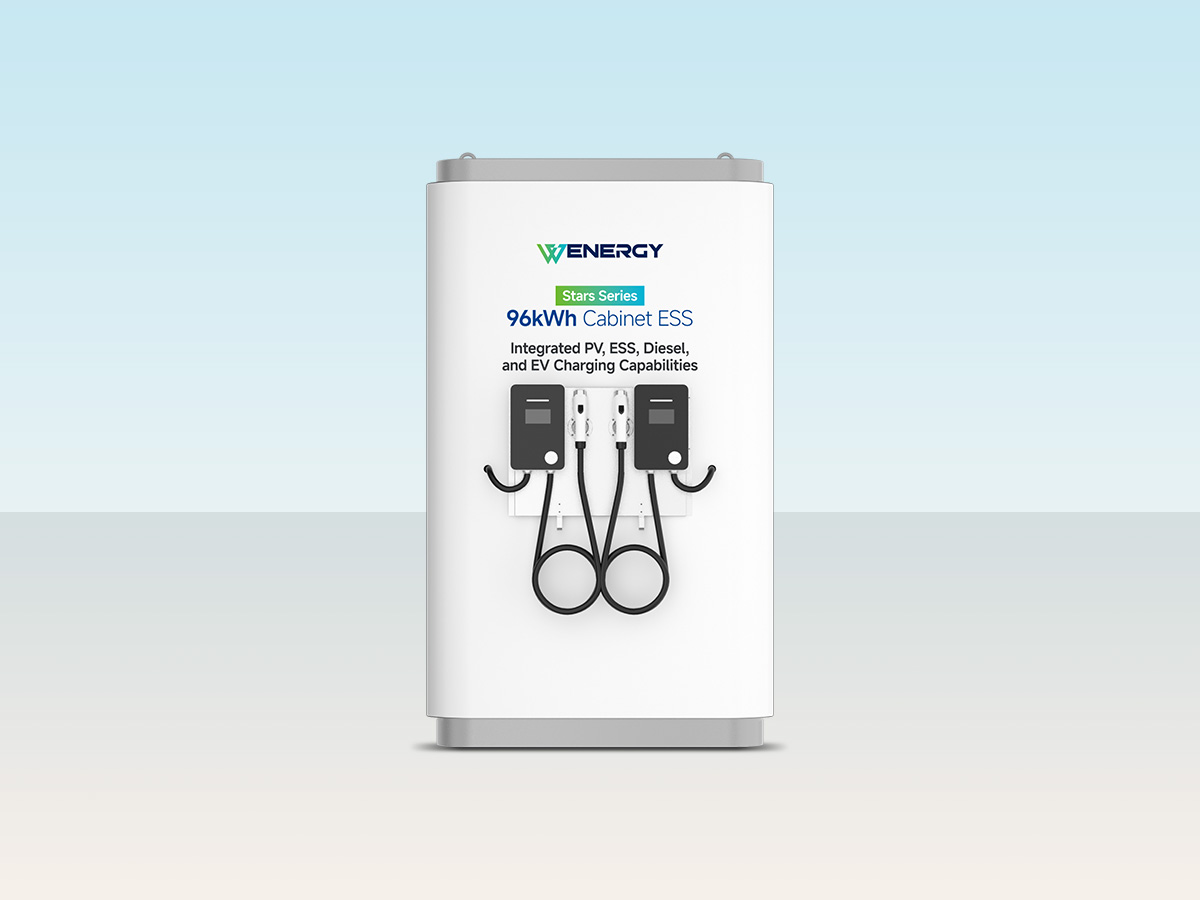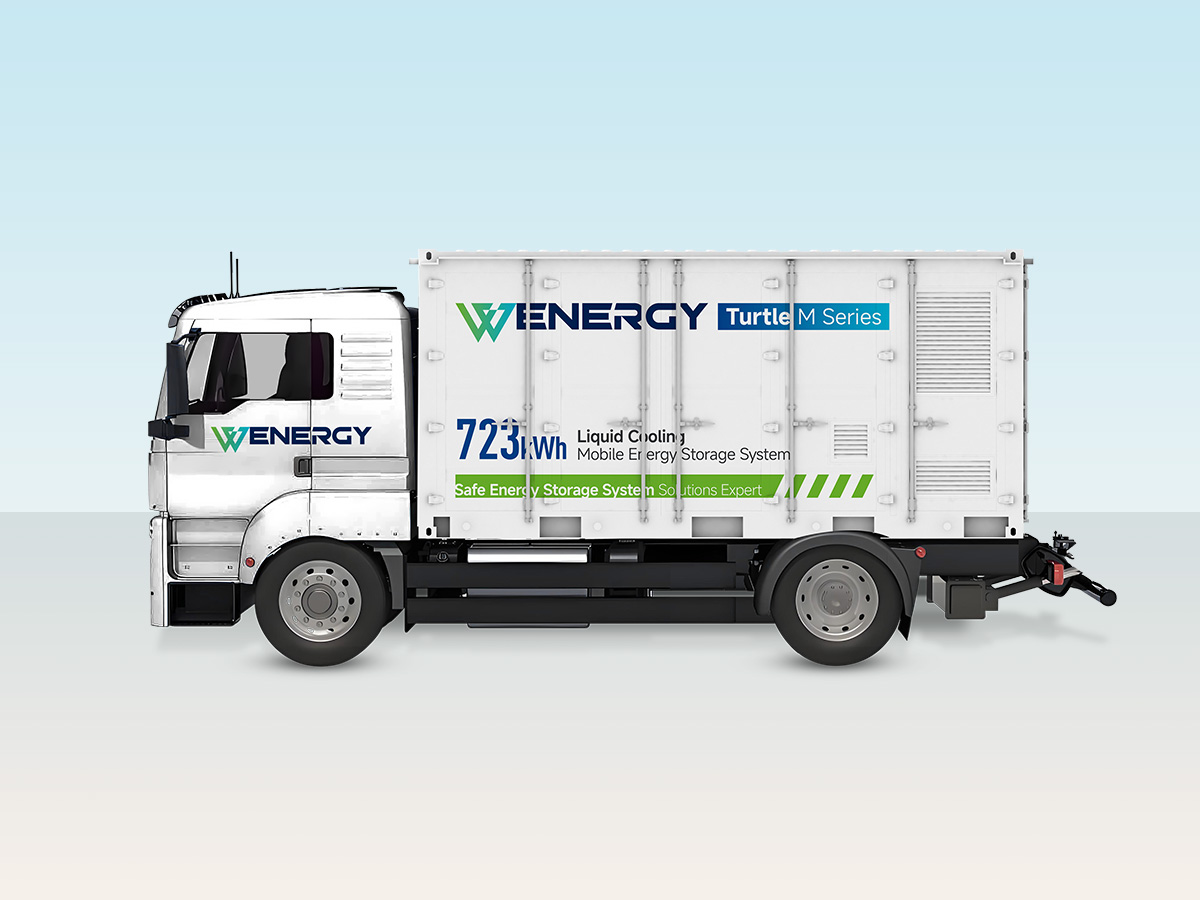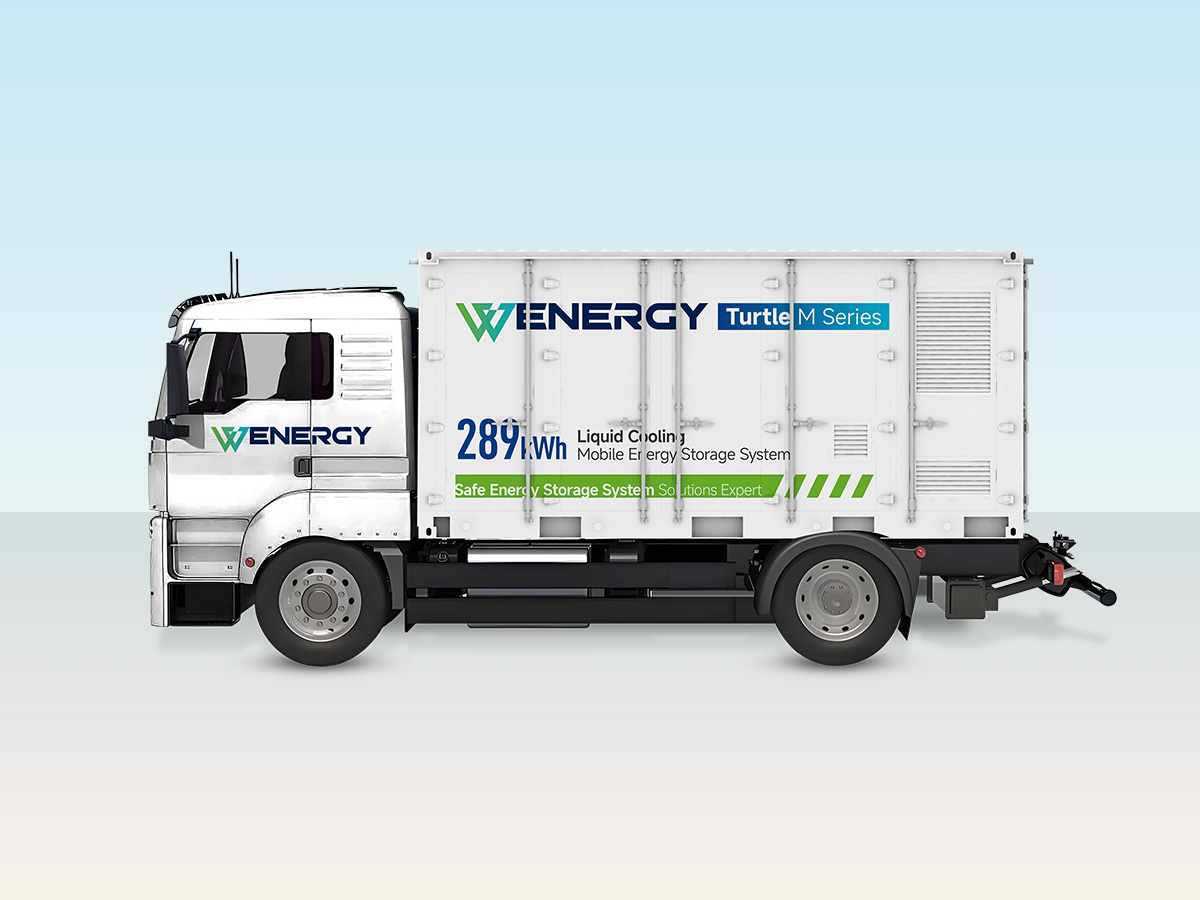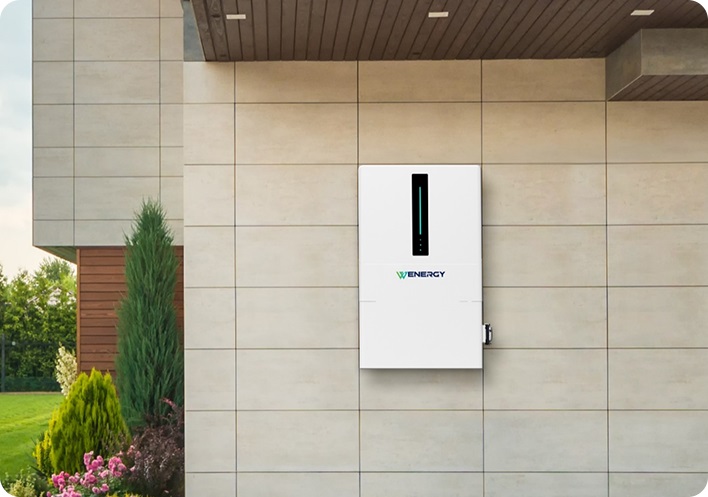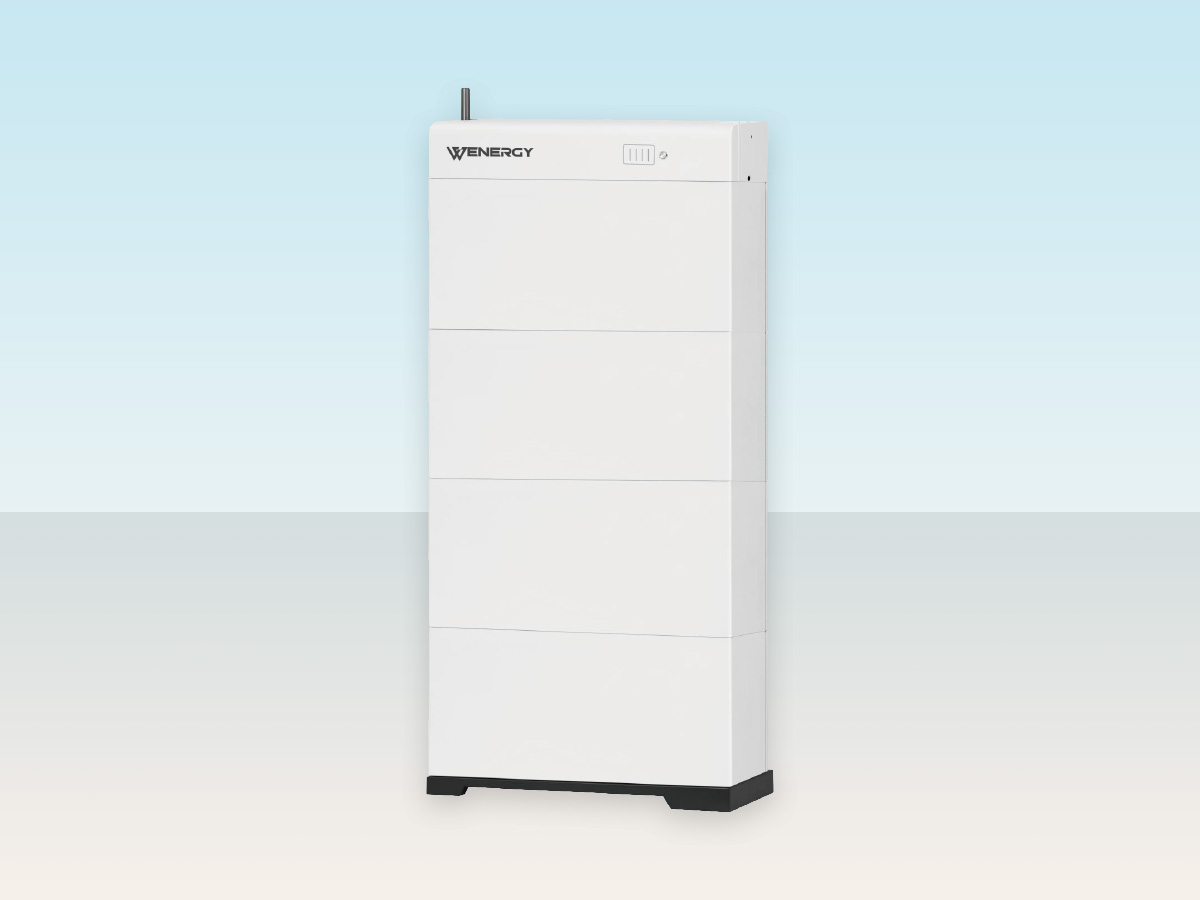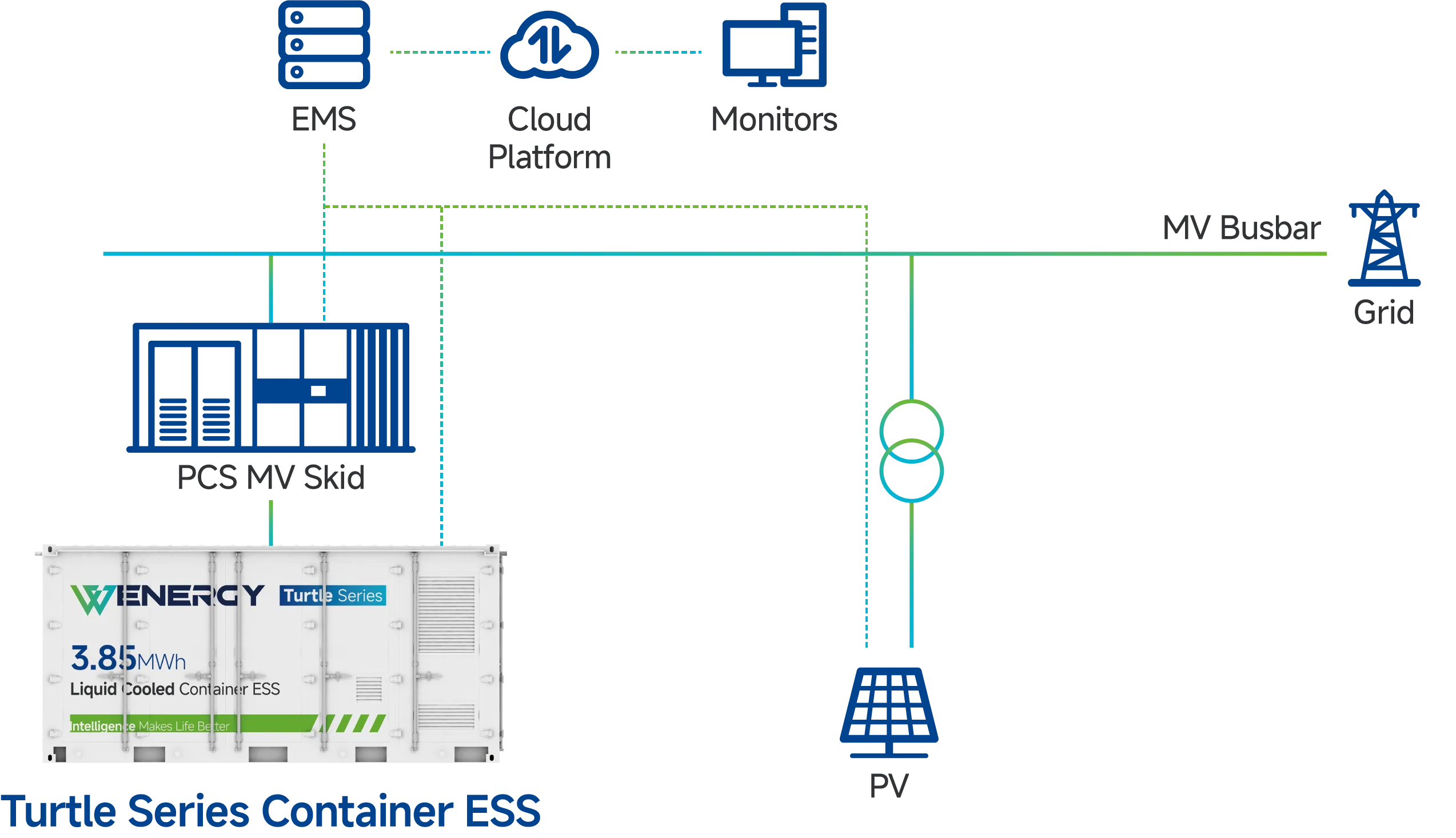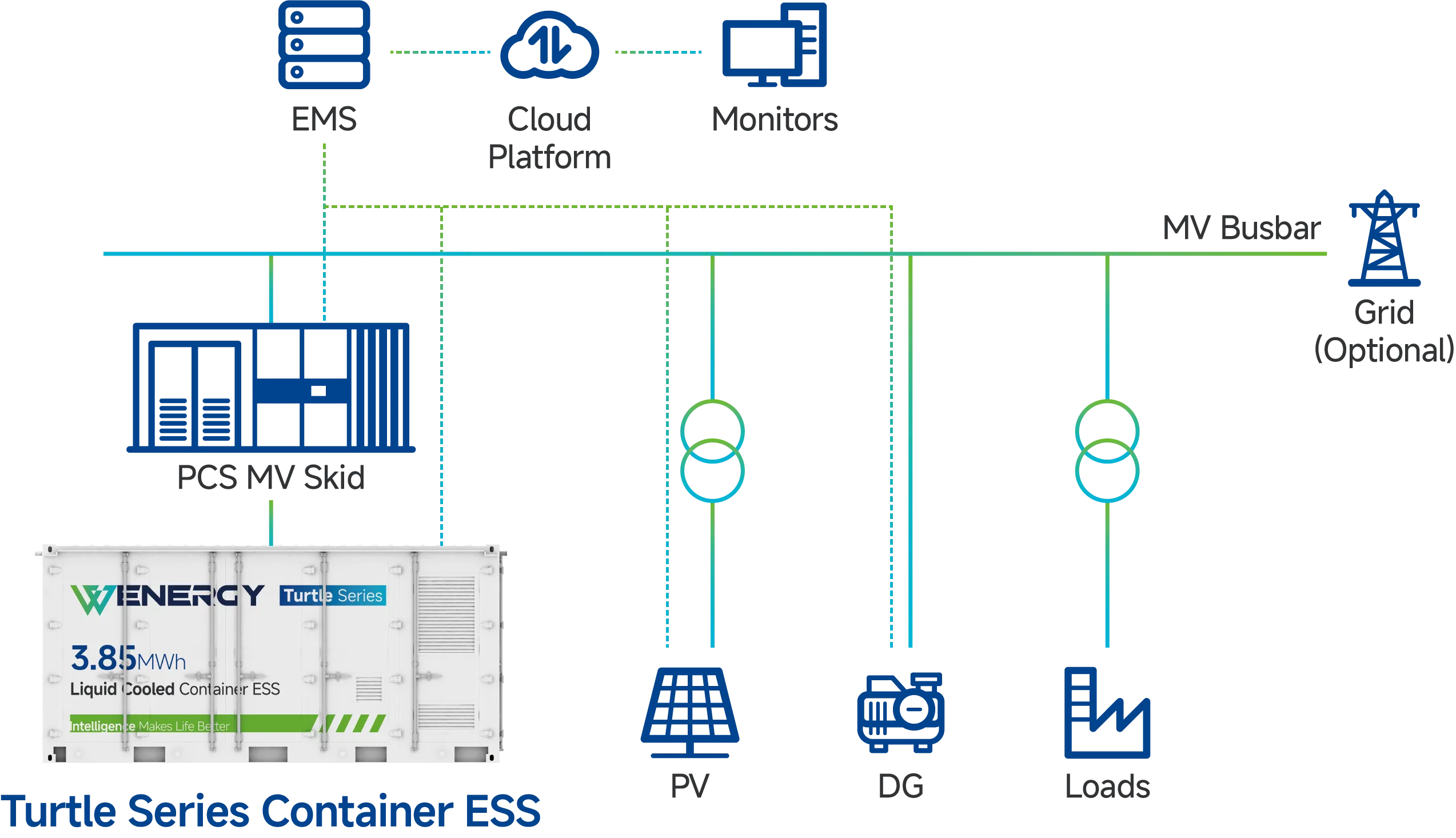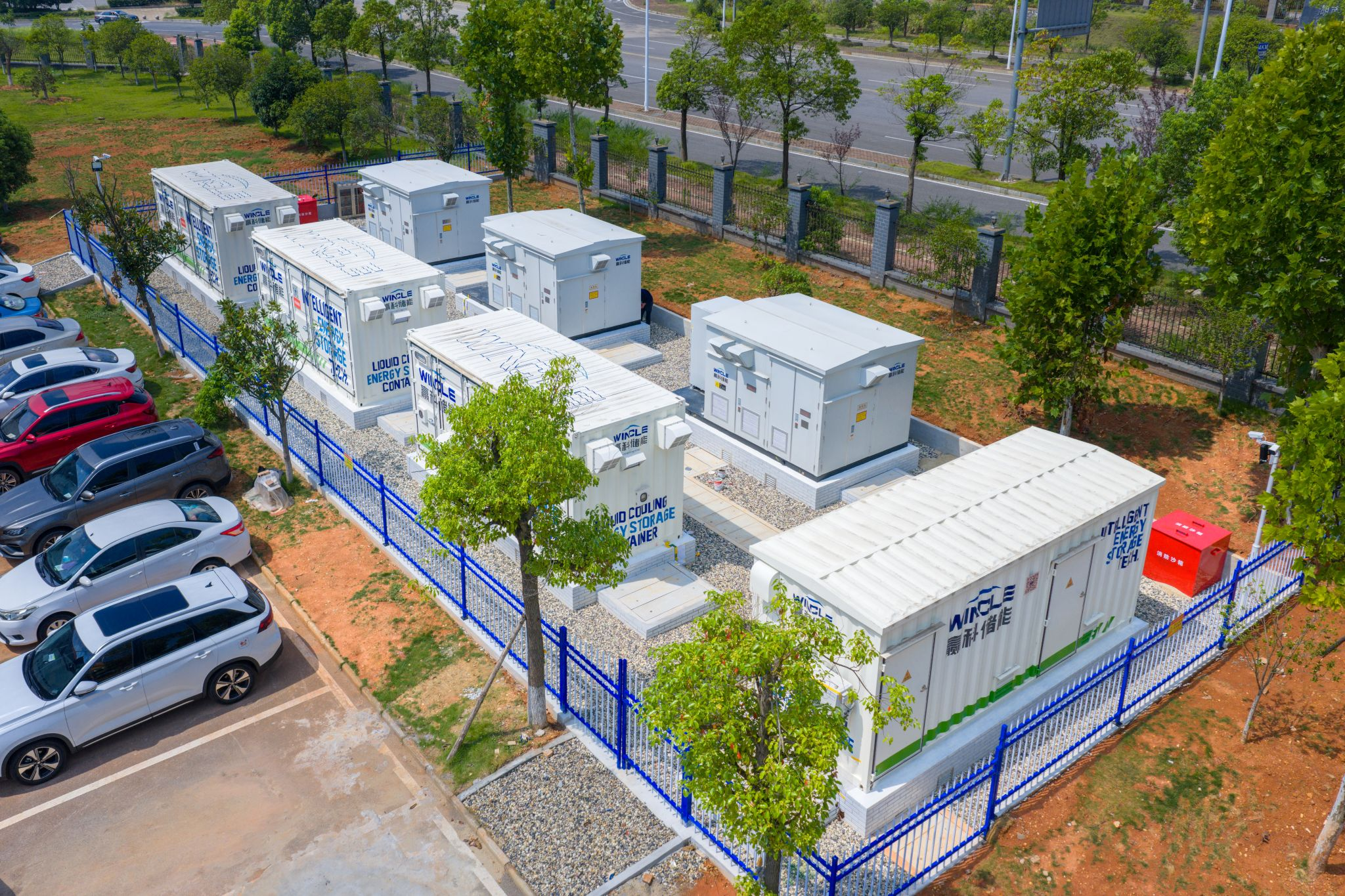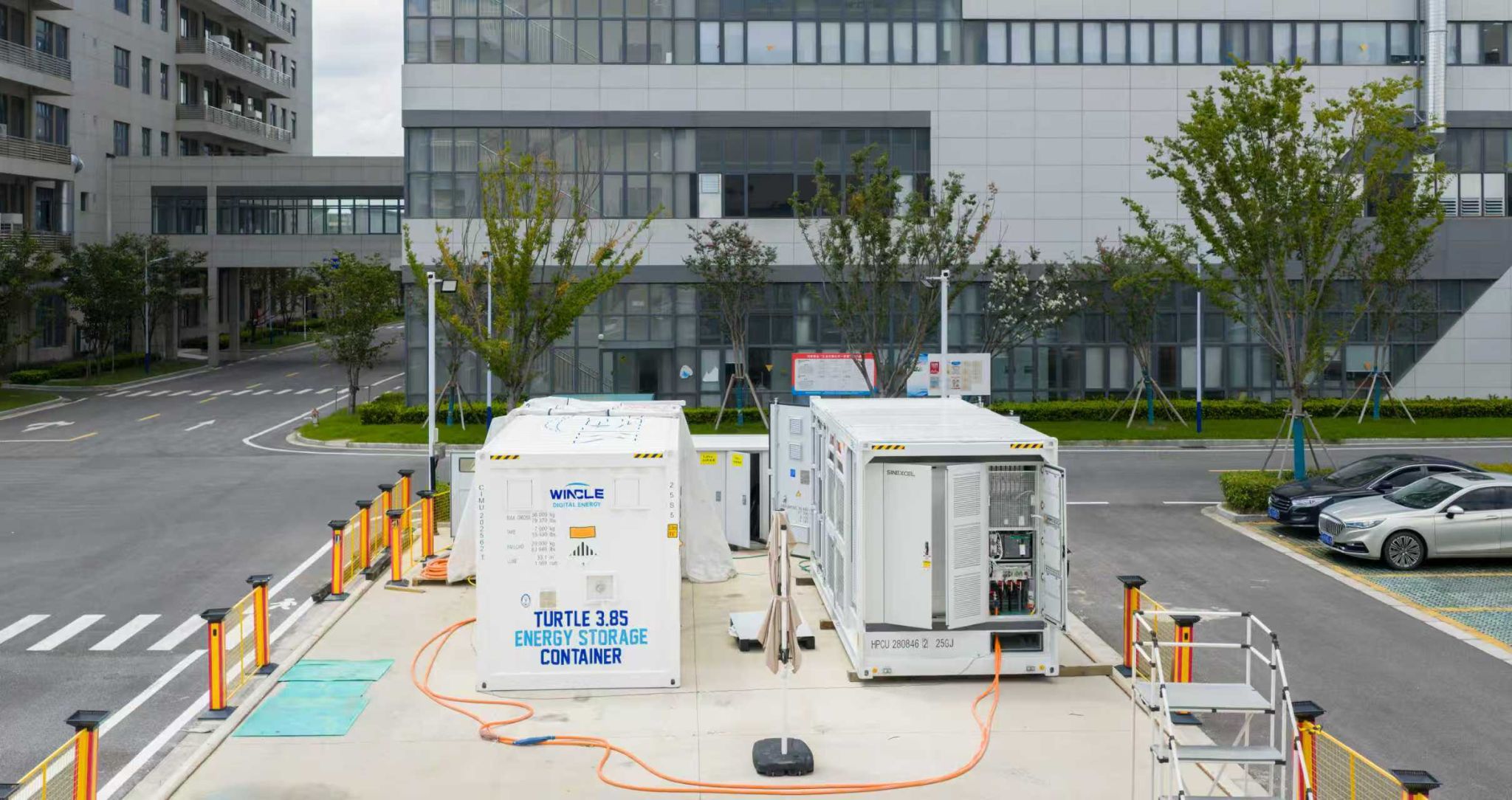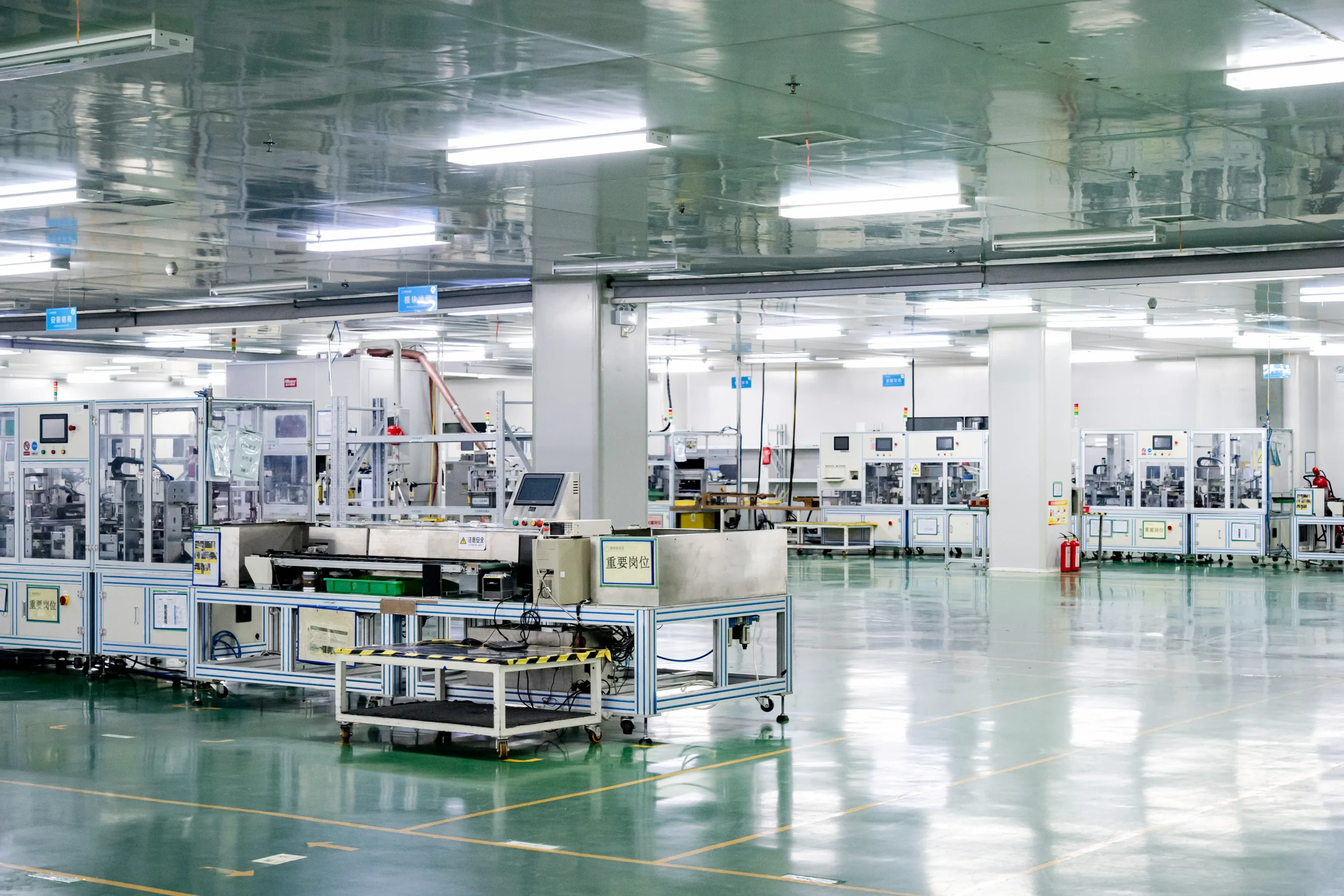- English
- Chinese
- French
- German
- Portuguese
- Spanish
- Russian
- Japanese
- Korean
- Arabic
- Irish
- Greek
- Turkish
- Italian
- Danish
- Romanian
- Indonesian
- Czech
- Afrikaans
- Swedish
- Polish
- Basque
- Catalan
- Esperanto
- Hindi
- Lao
- Albanian
- Amharic
- Armenian
- Azerbaijani
- Belarusian
- Bengali
- Bosnian
- Bulgarian
- Cebuano
- Chichewa
- Corsican
- Croatian
- Dutch
- Estonian
- Filipino
- Finnish
- Frisian
- Galician
- Georgian
- Gujarati
- Haitian
- Hausa
- Hawaiian
- Hebrew
- Hmong
- Hungarian
- Icelandic
- Igbo
- Javanese
- Kannada
- Kazakh
- Khmer
- Kurdish
- Kyrgyz
- Latin
- Latvian
- Lithuanian
- Luxembou..
- Macedonian
- Malagasy
- Malay
- Malayalam
- Maltese
- Maori
- Marathi
- Mongolian
- Burmese
- Nepali
- Norwegian
- Pashto
- Persian
- Punjabi
- Serbian
- Sesotho
- Sinhala
- Slovak
- Slovenian
- Somali
- Samoan
- Scots Gaelic
- Shona
- Sindhi
- Sundanese
- Swahili
- Tajik
- Tamil
- Telugu
- Thai
- Ukrainian
- Urdu
- Uzbek
- Vietnamese
- Welsh
- Xhosa
- Yiddish
- Yoruba
- Zulu
- Kinyarwanda
- Tatar
- Oriya
- Turkmen
- Uyghur

Power the grid with Wenergy’s utility-scale energy storage solutions. Flexible, reliable, and built for high-capacity needs. Our utility–scale battery storage systems, from 1 MWh to 100 MWh+, use modular technology to balance supply and demand, maximize renewable integration, and boost grid stability with outstanding efficiency.
Application Scenarios
- Grid & Utility Applications
- Off-Grid & Microgrid Applications
Wenergy Products for
Utility Scale Energy Storage
·High Energy Density
Maximize storage capacity in a compact design.·Modular & Scalable
Easily expand to meet growing energy needs.·Smart Management
AI-driven EMS for optimized performance and grid interaction.·Safety Certified
Complies with UL 1973 / UL 9540 / UL 9540A / IEC 62619 / IEC 62933 / CE / UN 38.3 / FCC / TÜV / DNV and more.
Utility Storage System Case Studies
Hear From Our Clients
Why Wenergy Leads in
Utility-Scale Energy Storage
With dual-layer fire suppression, leak detection, and modular design, our systems deliver safe, flexible, and scalable storage at the grid level. Intelligent monitoring, AI-powered energy management, and a cloud-based BMS with a unified control platform enable seamless grid interaction, remote monitoring, and real-time diagnostics—providing complete control and peace of mind.
 Reliable Performance
Reliable PerformanceProprietary liquid cooling and high-voltage design ensure stable operation, extended battery lifespan, and zero-compromise reliability.
 Fast Deployment & Scalability
Fast Deployment & ScalabilityPre-engineered, ready-to-install container systems enable quick grid integration and modular expansion to meet growing demand.
 Optimized ROI
Optimized ROIHigh efficiency, low O&M costs, and AI-powered EMS deliver maximum lifetime value and smoother grid interaction.
 Global Trust & Certification
Global Trust & CertificationWith 14+ years of battery expertise, worldwide project experience, and compliance with IEC, UL, and CE standards, Wenergy is a partner you can count on.
Global Manufacturing and Expertise
and continuous collaboration with clients for tailored solutions and lifelong support.
1
Headquarter in Singapore
5
Global Branches
(China, USA, Germany, Italy, Chile)14 Years
Battery Cell Manufacturing
660000 +m2
R&D and Production Base
15 GWh
Annual Capacity
60 +
Countries/Regions Exported to
Software Advantages
Our energy management software allows seamless integration with customer-owned EMS systems, enabling real-time price capture and automated trading.
Optimized for local market conditions, our software enhances energy storage system performance and maximizes revenue potential.
Cloud-based BMS Optimization
| Multi-protocol Compatible EMS
| Unified Control Platform
|

Safety & Quality
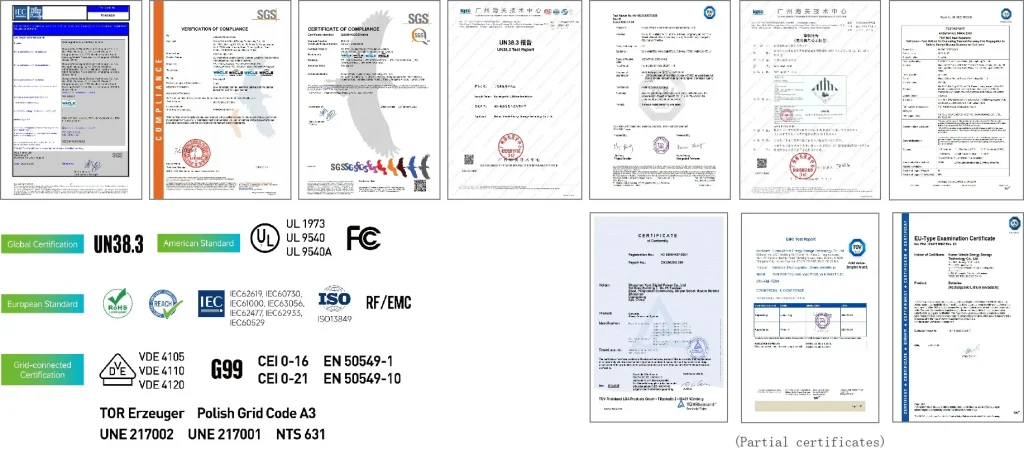
Frequently asked questions (FAQ)
1. What Is Utility-Scale Energy Storage?
Utility-scale or grid-scale energy storage refers to large-scale storage solutions deployed on the grid side to store electricity and release it when needed. These systems typically have massive capacity (in megawatts or even gigawatts) and are designed to address the intermittency of renewable energy, improve grid stability and efficiency, and meet peak power demand.
2. How Do Utility-Scale Battery Energy Storage Systems (BESS) Work?
The operating principle of a utility-scale BESS can be summarized as charge, store, and discharge. These systems draw and store energy directly from the grid, nearby solar farms, or other power sources, and strategically release electricity when demand is highest.
3. What Is the Lifespan of Utility-Scale Battery Energy Storage Systems?
The lifespan depends on battery chemistry, cycle life, and performance degradation. Lithium-ion batteries—especially lithium iron phosphate (LFP)—commonly last 10–15 years in grid-scale applications, supporting thousands of charge-discharge cycles. Lead-acid batteries are cheaper but have a shorter lifespan of about 5–10 years with fewer cycles.
4. How Do Utility-Scale Battery Energy Storage Systems Support the Grid?
Utility-scale BESS enhances grid stability by storing energy during off-peak hours and releasing it during peak demand. They also serve as reliable backup power during extreme weather or outages. In addition, they help balance supply and demand, strengthen grid resilience, and improve overall efficiency.
5. What is the system composition of Wenergy's containerized BESS?
Wenergy’s BESS containers integrate battery clusters (with Li-ion cells), a high-voltage PDU, DC combiner cabinet, liquid cooling thermal management system, and multi-level fire suppression (pack & container-level aerosol). The modular design supports 3.44MWh,3.85MWh to 5.016MWh configurations per unit, compliant with IEC/UL/GB standards.
6. What Certifications Do Wenergy’s Large Scale Battery Energy Storage Systems Hold?
Wenergy’s containerized utility-scale BESS is certified to leading international and regional standards, ensuring safety, performance, and compliance. Certifications include:
- International standards: UL 1973, UL 9540, UL 9540A (fire safety), IEC 62619, IEC 62933, UN38.3 (transport safety)
- Regional standards: CE (EU), GB/T 36276 (China), FCC (North America), plus grid codes such as UK G99
- Third-party testing: TÜV, DNV, and other globally recognized certification bodies
These certifications guarantee our systems meet global requirements for safety, reliability, grid compatibility, and transport.
7. Are Wenergy’s Utility-Scale Battery Energy Storage Systems Safe?
Yes. Our utility-scale BESS are equipped with comprehensive safety protections to ensure long-term reliable operation. Key safety features include:
- Three-level protection: Cell/pack/string-level BMS for overcharge, overcurrent, and temperature monitoring
- Fire protection: Dual aerosol fire suppression with ≤12-second response time and 5-in-1 detection (smoke, temperature, hydrogen, CO, etc.)
- Structural safety: Fault-tolerant grounding per UL/IEC 62477-1 and IP55/IP65 enclosure protection
8. How Do I Determine the Right System Size and Configuration?
Wenergy, one of the leading utility scale battery storage manufacturers, delivers fully customized solutions tailored to your project goals—whether for frequency regulation, grid capacity services, renewable integration, peak shaving, or islanded operation. With 14 years of battery manufacturing expertise and deployments across 20+ industries, our engineering team evaluates discharge duration, response speed, cycling profile, and revenue model to design the most cost-effective and reliable system.
Our grid-scale BESS portfolio spans from 1 MWh to over 100 MWh, featuring advanced liquid cooling, modular containerized design, high system integration, and intelligent control platforms. This ensures optimal performance, easy scalability, and full compliance with global grid requirements.
9. What are the transportation and installation requirements?
Weight: 36T (3.85MWh) / 43T (5.016MWh); sea/road transport (special permits needed for >40T).
Foundation: C30 concrete base (1.5x reinforcement for 5.016MWh).
Space: 6.06m(L)×2.44m(W)×2.9m(H); 20% land savings vs. 3.85MWh.
10. What After-Sales Support Is Provided?
Wenergy stands out among utility-scale battery storage companies by offering comprehensive after-sales support. Our services include:
- Remote monitoring: 24/7 performance tracking via Wenergy EMS.
- On-site: Certified technicians for commissioning/maintenance.
- Spares: Global stock of critical parts (PDUs, cooling units).

